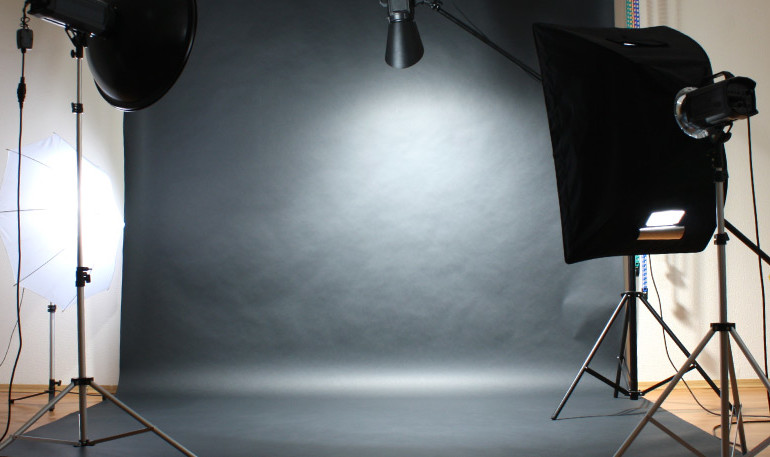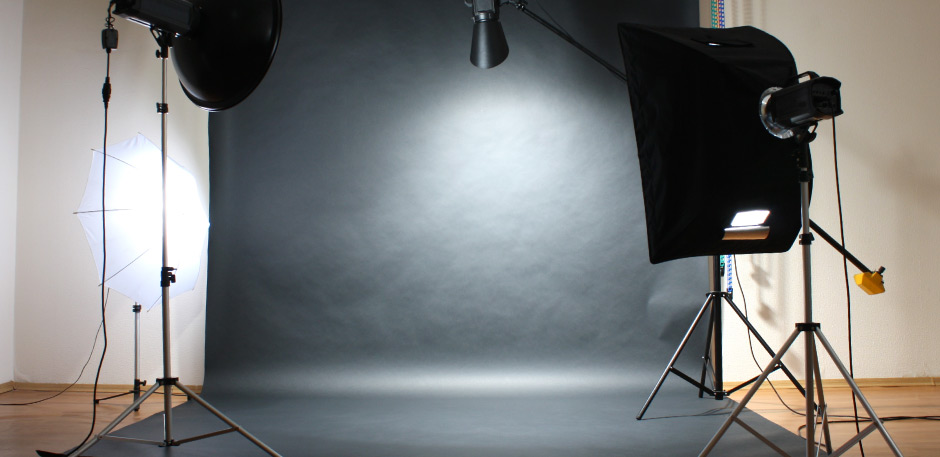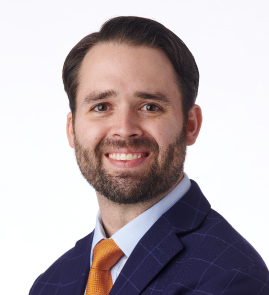Have you ever had a professional photo shoot? I have had many…but not because I particularly enjoy being photographed. Actually, it is quite the contrary.
Photo shoots have always been a traumatic experience for me. You see, for some reason, likely as a creative form of cruel parenting punishment, my family of five siblings had a photo taken EVERY year while growing up. Instead of wearing our Sunday best, however, we were always asked to wear the uniform and hold the props of the activities in which we were involved during that year. In one family photo I wore a football uniform while holding a tennis racket, in another photo I wore a basketball jersey, held a textbook, and had a saxophone draped around my neck. I was not alone, however, but was surrounded by my equally unenthused sisters in ballet leotards and brothers holding trumpets while wearing graduation regalia. The best ever was when my little sister held the 10″ x 18″ photo of our oldest brother while he was living in another country and unable to be present. You’ve seen those websites with awkward family photos? Yeah…I’m pretty sure my photos are in there somewhere.
Fast forward to a few months ago, when my post-traumatic distaste for professional photo shoots was cured; one positive photo shoot experience seemingly atoned for the many past forgettables. This photo shoot was different than any shoot I had ever experienced. This shoot gave me a new perspective on how to better communicate with my patients.
Before the sitting, I had never met Justin Hackworth. I had seen his work and liked his style, but had never communicated with him directly. My wife found him online, scheduled the appointment, and dropped me off at the studio. I walked up the stairs of the historic downtown building, knocked, and cautiously walked inside. Based on my prior experiences, I expected to see a waiting room full of anxious mothers and irritable teenagers, anticipated meeting a cloud of hairspray mixed with perfume as an engaged couple exchanged fabricated glances of adoration, and awaited the sound of obnoxious toys used in somewhat futile attempts to induce smiles from unhappy toddlers. I had anticipated a quick introduction and then a get-down-to-business photo shoot, with my sneaking wristwatch glances to be sure I got my money’s worth, and the photographer sneaking glances to make sure he wasn’t late for the next sitting. Instead of my preconceived expectations based on prior experiences, what I saw and heard as I entered the photo studio surprised me. I saw one long couch, a coffee table, and two relaxed, inviting arm chairs seated on the hardwood floor and heard the welcoming invitation to have a seat, preceded of course by a friendly handshake from the stranger who would be my photographer. Over the course of the next hour or so, the exact duration of which was unknown as I not once glanced at my watch, I learned more about patient care and communication than I have learned in the two years since being minted a physician.
For the next 15-20 minutes, we simply chatted. He asked me about my family, where I grew up, why I decided to pursue medicine, and why I ultimately chose to become an ophthalmologist. He reflectively told me about his family and his siblings who were working in various medical careers throughout the country, told of his path to photography, and shared with me his interests and hobbies. As we talked I felt the liberating dissipation of my unsubstantiated fears. I felt myself becoming more comfortable with the idea of being the focus of his camera’s lens. I knew his intention was to help me feel comfortable, and recognized myself falling victim to his smooth and sneaky but genuinely transparent plan, and to my own surprise I consented to playing along with his game. With a lighthearted and pleasant playlist echoing in the background, he began the photo shoot. Over the next thirty minutes, we naturally and seamlessly continued our friendly conversation, pausing only to snap a few pictures, some of which were undoubtedly taken mid sentence or in a half-smile as we talked. Just as any photographer would do, he guided me through various poses, lighting arrangements, and clothing combinations, but did so in a way that was natural, and comfortable.
In medicine, like in photography or any professional service industry, we have very little time to meet with our patients and must balance the friendly chat with professional competence as our patients do not pay us to be friendly but to perform a service using a set of professional skills honed over years of training. Just as I did with my photographer, our patients enter our offices with a gallery of memories of prior visits to the doctor. They may remember the time their doctor discounted their symptoms, or criticized them for not taking their medicine, or the specific visit when they were diagnosed with a life-changing condition. Furthermore, as patients enter our offices, they expect to wait to be seen yet rushed to get out the door. They fear they will be misunderstood, nervous they will be interrupted, and all the while are anxious that their doctor might hear the tachycardic racing of their white-coat-hypertensive heart. In my case, patients sit under a microscope as I gaze into their eyes. I sometimes wonder if my patients fear I will see their soul floating deep within their vitreous cavity.
Effective patient communication is more than just diagnoses and treatment plans. It is both a 3/4 waltz and a 4/4 square dance spinning around simultaneously. Effective communication is expressing interest in our patients as neighbors while never forgetting our role as physicians.
Since my photo shoot a few months ago, I have already seen changes in how I communicate with patients. Here are a few things I am trying to do differently, and which I similarly challenge you to implement.
1. As you enter the exam room, don’t head for the keyboard, head for the patient. Introduce yourself, ask who accompanies the patient, shake everyone’s hand and thank them for coming.
2. Square your shoulders – to the patient, not the computer. In today’s world of medicine, navigating the computer is a necessity, but at the beginning and end of every visit, take all focus off the computer and square your shoulders to the patient as you speak, educate, and counsel.
3. Find natural ways to weave friendly conversation into your exam visit while maintaining focus on your history taking, exam, decision making, and treatment. Quite possibly the most difficult skill of all, this requires emotional intelligence, clinical expertise, and professional focus.
What other lessons can we learn about patient care, either as patients or physicians?
What can physicians do to ensure the focus remains on the patient and not the computer?
What are some suggestions for weaving friendly conversation into patient visits without appearing to be distracted by the conversation?









You are wise and perceptive beyond your years doctor. I could add “Turn the screen”, maybe 2a of above, add the patient in the middle too. Don’t sit there and stare at the OCT picture on your computer screen. Turn it to share with your patient, share your thought process, showing the patient what you’re looking at and why.
– ophthalmologist who just started 26th year in practice
Mark, thanks so much for your kind and thoughtful reply. These are fantastic recommendations. Please please come back and share your wisdom and experience with our other readers! As young doctors, we have much to learn about connecting with patients in this digital age, and your experience is appreciated!
Just never forget to communicate the most important issues first. Double check the blood tests. Don’t think you know when its possible you don’t. Just because there are two problems on a blood test doesn’t mean they are related. Take blood pressure serious. Educate patients about the need to follow up. Make sure they follow up. Then small talk will mean something. Thats how I wish my doctor had done for me. (Unrelated to author)
Thanks for your comment. You are exactly right, paying attention to the small details and remembering that the first responsibility is to care for the patient’s health, and then secondly, to engage with the patient and show that you care. Thanks for contributing.